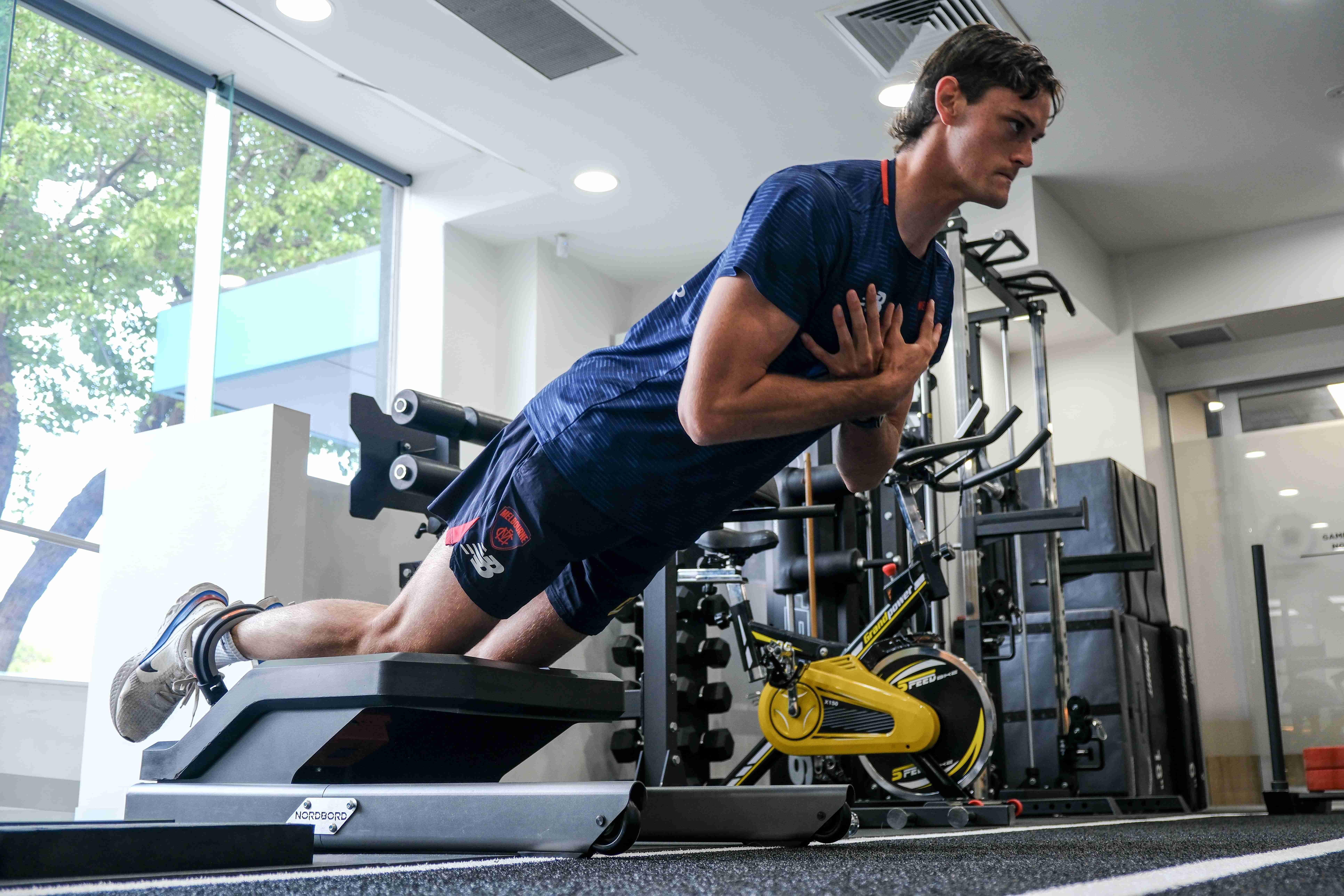At Team Elite Health we aim to normalize improper or unhelpful movement patterns developed at times from injury, from certain health conditions as well as learnt movements throughout sport or from occupational tasks such as work.
In the world of health and rehabilitation, biomechanical retraining has emerged as a powerful approach to improving movement patterns, restoring functionality, and reducing pain. By focusing on the intricate relationship between the human body’s structure and function, this method aims to optimize movement mechanics and enhance overall performance. In this blog, we will explore the concept of biomechanical retraining, its benefits, and its applications across various domains.

Effective implementation of biomechanical retraining involves a multidimensional approach. It typically begins with a comprehensive assessment of an individual’s movement patterns, joint mobility, and muscle activation. Based on the findings, customized interventions are designed, which may include targeted exercises, manual therapy techniques, movement re-education, and postural correction.
A Big part of our Biomechanical retraining sessions are focused on running retraining and gait pattern correction. These sessions are completed primarily at Dendy Park (Brighton) these sessions involve coordination, agility, power and speed exercises. Our practitioners can help your child to perfect their running and walking style to be able to perform at their best.
One of our Director’s Teniele is an ex-olympian athlete and running coach who has copious amounts of experience through training with the Australian Institute of Sport as well as studying biomechanics and gait throughout university.
All of our staff have engaged in professional development with Teniele and are now experienced and educated in optimal biomechanics in the gym, running, jumping and walking.
Gait and biomechanics (running style) have a big influence on pain and injury risk especially when participating in organized sport. Injuries attributed to altered gait patterns include Patella Maltracking and PatelloFemoral (Knee) pain, tendonitis and tendinopathy, as well as adolescent specific injuries such as Osgood Schlatter’s and Severs disease.
In our running sessions we focus on a combination of coordination and proprioception drills utilizing ladders, cone work and hurdles, speed and explosive sprint work with sleds, resistance bands, hill sprints and repeated sprint efforts.
Agility and change of direction specific drills tailored to specific sports and rehabilitation post injury.
Running is not only a crucial part of sport and injury prevention however it is a big step in rehabilitation from injury. All injuries require an adequate strength and conditioning program and the last step to this process is a return to running and working on sports specific drills. This includes basic walking, jogging, sprinting, change of direction and lastly agility work.
Biomechanical retraining involves the systematic evaluation and modification of movement patterns to address imbalances, compensations, and dysfunctions. It takes into account the body’s musculoskeletal alignment, joint mobility, muscle activation, and coordination. By identifying faulty movement patterns and their underlying causes, biomechanical retraining aims to re-educate the body and restore efficient, pain-free movement.
Benefits of Biomechanical Retraining
- 1. Injury Prevention: Biomechanical retraining focuses on correcting movement imbalances and asymmetries, reducing the risk of injuries caused by faulty mechanics. It enhances joint stability, decreases excessive stress on tissues, and promotes optimal movement patterns, thus minimizing the likelihood of injury during sports activities, exercise, or everyday tasks.
- 2. Pain Reduction: Many chronic musculoskeletal conditions, such as lower back pain, neck pain, and repetitive strain injuries, can be attributed to poor biomechanics. Biomechanical retraining helps address the root causes of pain by improving movement efficiency, reducing strain on affected structures, and promoting proper alignment and muscle activation.
- 3. Performance Enhancement: Athletes and individuals seeking to maximize their physical performance can greatly benefit from biomechanical retraining. By optimizing movement patterns, enhancing muscle recruitment, and improving efficiency, this approach can unlock untapped potential, leading to improved sports performance, increased strength, and enhanced overall function.
Applications of Biomechanical Retraining
- 1. Rehabilitation: Biomechanical retraining plays a crucial role in the rehabilitation process after an injury or surgery. It helps individuals regain proper movement mechanics, rebuild strength, and restore functional abilities. By addressing compensatory movements and teaching the body to move optimally, this method accelerates recovery and reduces the risk of re-injury.
- 2. Sports Performance: Athletes across various disciplines can benefit from biomechanical retraining. By optimizing technique, enhancing muscle activation, and improving movement efficiency, this approach can improve athletic performance, prevent overuse injuries, and extend an athlete’s career longevity.
- 3. Occupational Health: Many individuals spend long hours engaged in repetitive tasks or adopt poor postures at their workplace, leading to musculoskeletal issues. Biomechanical retraining can address these problems by optimizing movement mechanics, promoting proper ergonomics, and reducing the risk of work-related injuries.
Working with the team at Team Elite Health is essential for successful biomechanical retraining. These professionals possess the expertise to diagnose movement dysfunctions, prescribe appropriate interventions, and guide individuals through their retraining journey.
Running and biomechanics play an important role in sports and movement, ultimately everyone could benefit from having a running assessment to then working on running and gait biomechanics to help improve overall performance. Research shows the difference between winning and losing in an elite environment is often less than 1% in the olympics so improving even a small amount is beneficial.
Get top-notch physio services in Brighton East, Elwood, Moorabbin, Sandringham and Brighton. Team Elite Physio will help you recover and get back to your best self.


